We live in the Information Age. Like everything else, it has its upsides and its downsides. We now have access--in the palm of our hands--to more information than all of the previous generations combined. A truly remarkable reality that’s difficult to comprehend.
However, if you’re like me, you’re sometimes overwhelmed by the sheer amount of information that sweeps over us, whether we want it to or not. Moreover, what I find myself drowning in, even more than the information, is the plethora of opinions on everything, by everyone. Social media has created a more even playing field, and that is wonderful. Conversely, it seems that now everyone considers themselves an expert on everything. Just ask Dr. Google about your aches and pains or Rabbi Google about your latest Jewish conundrum and every alias for Rabbi Dr. Google will respond.
And too many people believe that their thoughts are more valuable, their ideas are more intelligent, and their morals are more pure than everyone else’s. In some cases, this manifests as pushback to someone’s posted idea in either a civil or an unfortunately hostile way. In others, a particular point has not really been made until every single respondent has made it themselves. Further, in still other examples, a second person needs to “one-up” the first person on a response.
But this is an education blog post. You may be asking, “what does this have to do with education?”
Our children are growing up in a world where everyone’s opinion seems to count equally. As teachers, we can help create a framework for our students to understand several levels of knowledge and wisdom:
There are legitimate experts in each field. And they should be read, learned from, referenced, and even debated.
There are also knowledgeable folks. These may not be considered “experts”, yet they often provide important and unique perspectives to be studied, considered, and analyzed.
There are also dilettantes. The current information landscape gives dilettantes platforms and airtime. Their presence in the public sphere should not be confused with intellectual, institutional, and factual legitimacy. Students should be wary and skeptical of dilettantes.
Students need to learn what differentiates legitimate voices from those who are less informed, whether because of lack of knowledge or evidence, pre-existing bias, or other disqualifying elements.
For example, let’s say a student opines that Moses was an evil person because he killed an Egyptian, and, as a murderer, did not deserve to enter the Promised Land. As a teacher, how might you react? First, you need to decide whether this is a reasonable position. If you do believe it is, how do you handle a conversation in which our premier prophet is painted in such a way? If you disagree with this position, how do you go about dispelling the student of this misguided notion?
This is where good pedagogy kicks in. First of all, we turn to the evidence. Where is the evidence that God looked askance at Moses’ murdering the Egyptian? After all, Moses was chosen at the burning bush subsequent to this episode; would God have chosen him if God regarded him as a violent criminal? Have the student present textual evidence that corroborates their opinion. That is how it is done in the Talmud; that is a decidedly Jewish way of arguing one’s point.
Going even deeper into utilizing this teachable moment, it’s vital to give students agency. Tell the students--all of them--to figure out whether or not they agree with the premise presented, and instruct them to compile their own bodies of evidence to argue the case. You can set up a debate between the two sides. At the end of such a debate, the original student may still subscribe to their theory and may even get others to side with them. But all of the students have experienced an activity in which they had to unwrap ideas, grapple with them and find support for or against them, which will deepen their autonomous learning, strengthen their own value system, help them articulate their position, and listen with openness and curiosity to a position different from their own.
I did this a number of years ago in a fourth grade class in which a student raised the question of “how anyone could see Yaakov as being in the right for stealing Esav’s birthright and blessing”. I proceeded to do what I suggested above. I divided the class into two debate teams: one arguing that Yaakov was wrong and the other arguing that Yaakov was right. They needed to research the Torah text and associated commentaries to provide support for their arguments and then we conducted a by-the-rules debate on the matter. The outcome was that some students changed their initial position while others maintained theirs; every single student, on an exit survey, said that they developed a deeper understanding of the opposing position and an appreciation for ideas different from their own.
This activity was not in my original unit plan, but I jumped at the opportunity to create teachable moments, both in content and in the meta-curriculum of creating open, curious, and autonomous researchers and thinkers.
The first time the student raised the issue, it was as a dilettante, expressing an opinion with limited information. By the time the debate was concluded, the students had become knowledgeable by turning to experts to inform their thinking and their opinions.
If only we could do such teaching on social media with the overabundance of uninformed opiners! And that is my opinion.


